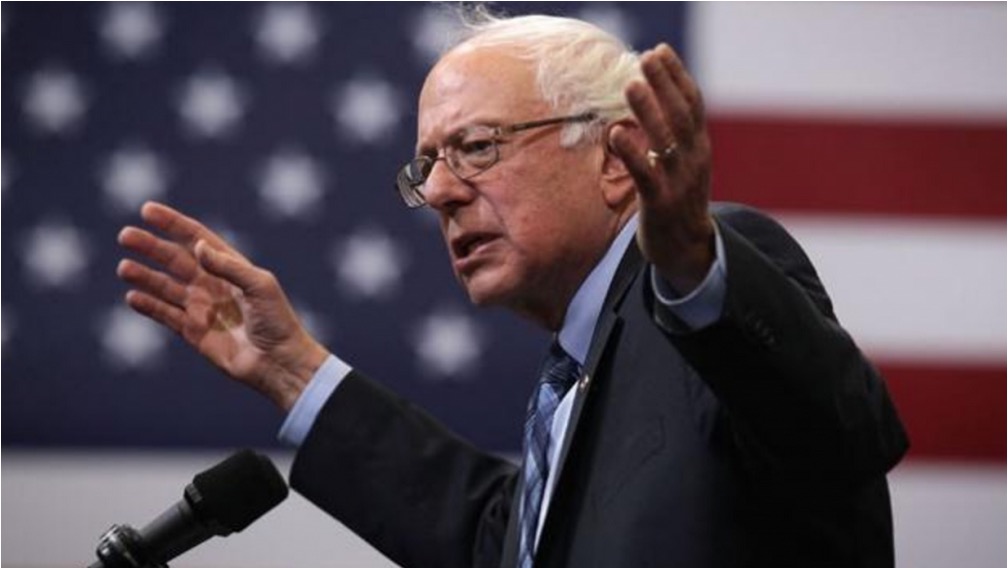
By MIKE MAGEE
The Politico headline in 2019 declared dramatically, “The Most Powerful Activist in America is Dying.” This week, 4 1/2 years later, their prophecy came true, as activist Ady Barkan succumbed at age 39 to ALS leaving behind his vibrant wife, English professor, Rachael King, and two small children, Carl,7, and Willow,3.
His journey, as one of the nation’s leading activists for a single-payer health care system began, not coincidentally, began with his diagnosis of A.L.S. in 2016, 4 months after the birth of his first child. His speech at the Democratic National Convention fully exposed his condition to a national audience.
His mechanized words that day were direct, “Hello, America. My name is Ady Barkan, and I am speaking to you through this computer voice because I have been paralyzed by a mysterious illness called A.L.S. Like so many of you, I have experienced the ways our health care system is fundamentally broken: enormous costs, denied claims, dehumanizing treatment when we are most in need.”
Three years later, with remarkable self-awareness, he told New York Times reporter, Tim Arango, “That’s the paradox of my situation. As my voice has gotten weaker, more people have heard my message. As I lost the ability to walk, more people have followed in my footsteps.”
His was a shared sacrifice, laced with stubborn and very public persistence, under the banner, “Be A Hero.” His passage on November 1, 2023, was bracketed that day by a piece by veteran Healthy Policy guru, and columnist for KFF Health News, Julie Rovner, that certainly would have made Ady smile. In the Washington Post newsletter, Health 202, it read, “The AMA flirts with a big change: Embracing single payer health care.”
The commentary that follows includes this, “That leftward shift in political outlook is showing up not just in the AMA, but in medicine as a whole. As the physician population has become younger, more female and less White, doctors (and other college graduates in medicine) have moved from being a reliable Republican constituency to a more reliable Democratic one.”
Ironically, the AMA’s lead journal JAMA last week reinforced the need for simplification with an article by luminary KFF health policy pros, Larry Levitt and Drew Altman, titled “Complexity in the US Health Care System Is the Enemy of Access and Affordability.” They write, “Health care simplification does not necessarily resonate in the same way as rallying cries for universal coverage or lower health care prices, but simplifying the system would address a problem that is frustrating for patients and is a barrier to accessible and affordable care.”
My friend and colleague at THCB, Kim Bellard took off on the article, writing, “Health insurance is the target in this case, and it is a fair target, but I’d argue that you could pick almost any part of the healthcare system with similar results. Our healthcare system is perfect example of a Rube Goldberg machine, which Merriam Webster defines as ‘accomplishing by complex means what seemingly could be done simply.’ Boy howdy.”
A bit further on, Kim comments, “If we had a magic wand, we could remake our healthcare system into something much simpler, much more effective, and much less expensive. Unfortunately, we not only don’t have such a magic wand, we don’t even agree on what that system should look like. We’ve gotten so used to the complex that we can no longer see the simple.”
As Kim suggests, status quo is hard to crack. But change has been in the air for some time. A KFF supported 2017 survey of 1,033 US physicians by Merritt Hawkins revealed a plurality of physicians favored moving on to a single payer system. Why? The survey suggested four factors:
Continue reading…















